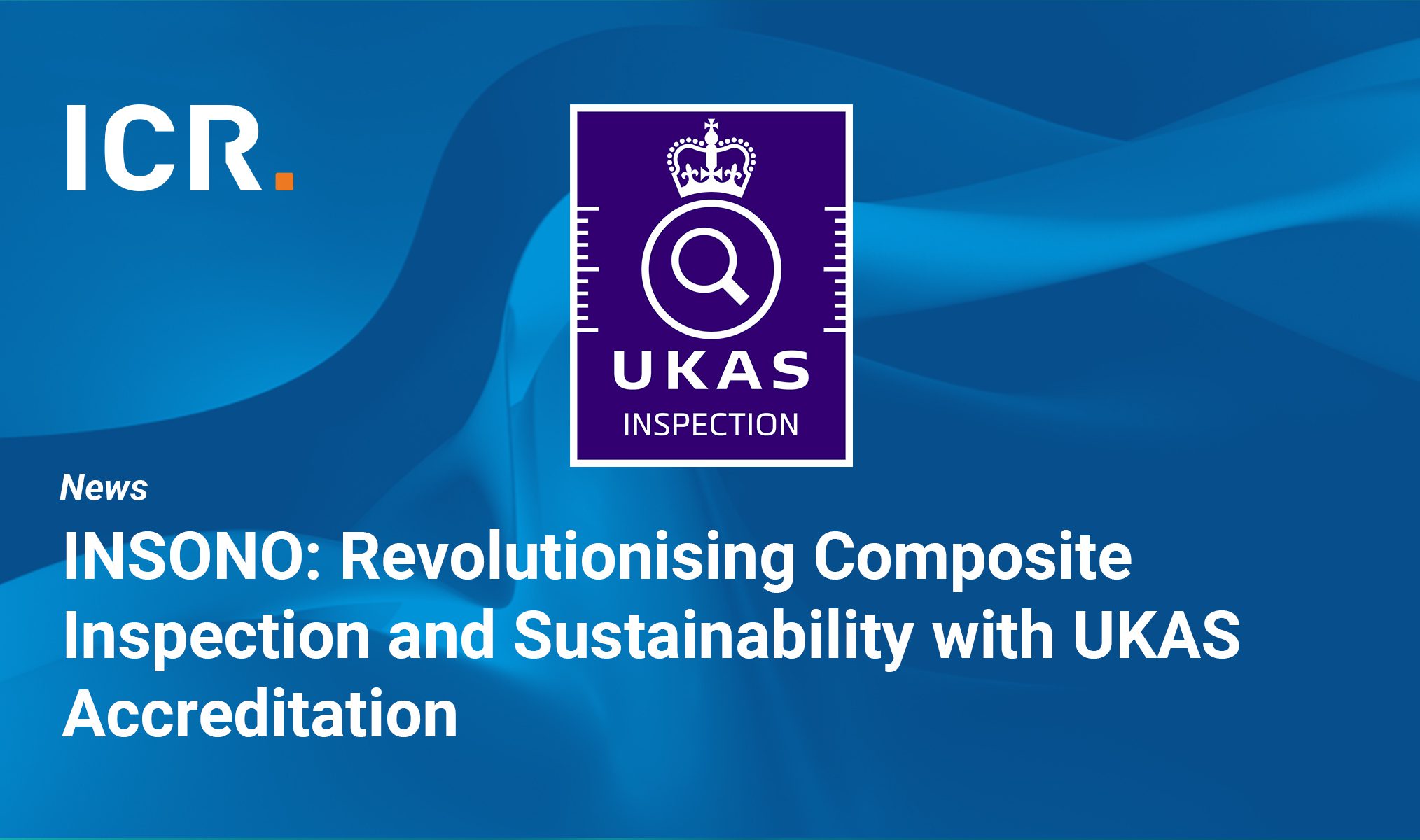Client challenge
Ferrovial Construction, as part of the Southern Runway Targeted Interventions integrated project team, employed Sky-Futures™ to conduct a drone-based photogrammetry survey of the southern runway at Heathrow Airport in July 2020.
At the time of the survey, restrictions from the COVID 19 pandemic were still in force. During this window the northern and southern runways were alternating single runway operations every 2 weeks.
In this context, Heathrow set out to undertake targeted deep interventions on the southern runway that would not have been possible otherwise. In order to improve the existing information and to deliver an accurate survey of the area, in a limited time, the team planned to perform the works taking advantage of the southern runway closure (Northern Single runway operations). The construction works were delivered by Ferrovial Construction between the months of July and September, combining daytime possessions in July and night-time activities during August and September.
Surveys are part of the early preparation activities for a given project, when historical records are analysed, gaps identified, and a survey scope prepared to complete the existing information. In this case, the scope included topographical, utilities, and dilapidation surveys of the whole area with the objective of creating a detailed ‘digital twin’ of the runway.
Using Sky-Futures™ drone expertise, detailed data and analytics could be provided in an innovative, yet safe manner to support with future planning decisions.
What we did
Given the existing operational context and based on the success from the previous implementation of survey drones on the Kilo Apron Development (KAD) Project, Ferrovial Construction proposed the innovative use of a drone-based photogrammetry survey to provide an alternative way to commission and deliver the topographical and dilapidation surveys required.
Sky-Futures™ used its 9 years’ experience of providing drone-based inspections in complex environments to support this unique project. A robust project management plan was implemented, tailored to the considerations of operating drones in one of the world’s busiest airports. Critical to the success of this was ensuring that the correct governance was in place. All relevant stakeholders were engaged with and all requisite permissions were in place to undertake the work. Sky-Futures™ and Ferrovial Construction worked directly with Heathrow Air Traffic Control, NATS and Heathrow Airside Operations to ensure that everyone was aligned with how the project could be delivered in a safe and effective manner.
To undertake the survey, Sky-Futures™ deployed a 2-man team equipped with a Real Time Kinetic (RTK) drone and worked at all times under Ferrovial Construction site supervision. Whilst the South runway was not active, aircraft were still taxiing across the runway. The team therefore broke the flight path into sections along the length of the runway in order to coordinate with other works in the area. This allowed the team to deconflict with any taxiing activity with ease and ensured that maximum safety was maintained throughout any flights, whilst causing no impact to the ongoing operations of the airport itself. The North runway remained fully operational throughout the whole project window.
Results
- The project was scheduled to be conducted over 4 days; however, the survey team were able to complete the project in 3 days without compromising the data quality. This reinforced the value of Sky-Futures’ drone service in being able to offer both a time and cost-efficient solution when compared to traditional methodologies.
- The aim of the dilapidation survey was to capture existing features like paint marking, manholes, airfield ground lights (AGL), certain cracks and previous repair works to complete the existing record information.
- Traditional dilapidation surveys are usually done by a survey team on site taking photos and references, translating these into a report. It is a time-consuming and laborious task as information must be organised and classified to indicate the elements being captured and their location.
- Processing the data in-house not only allows us to have total control of the deliverables that we produce without depending on a third party, but it also gives us the opportunity to research and test the various possibilities new technologies can bring to the project.
- Before the intervention works started on site, the dilapidation survey of the runway was available on the cloud-based platform for everyone to work with. A dilapidation survey in the form of an orthomosaic (aerial photo) which is a “screenshot” of the runway at a specific moment in time, which, unlike traditional survey reports, prevents any misinterpretation.The cloud-based platform was set up with all relevant information the team needed to interrogate the data. Existing record information and design drawings in the form of CAD drawings were uploaded and overlaid to the orthomosaic.
- During the works on site, the tool was widely used by the team. Having the right information available in their laptops, reduced the time on site and the need for revisits, minimising the exposure of the team to interact with potential risks.
- The designers and construction team were able to validate areas of works by overlaying the design drawings to the orthomosaic, and based on the high accuracy of the images, they could make better informed decisions and plan the works accordingly.
The information also became a useful tool for our client, as it helped them visually brief the different stakeholders at the airport:
- Heathrow Development to understand the scope and progress of the works
- Airside Operations to daily brief on AGL status, plans and progress
- Airside Operations for Communications and progress meetings
- Heathrow Investment Committee (HIC)
- Airlines
- Handover team to understand the final condition and to compare it with the original. This was done by overlying the orthomosaic with the existing records and the as-built information on a CAD drawing to reflect the whole story
- The dilapidation survey also provided Heathrow with valuable information to update and complete their existing records if required and inform future projects.
- The project showcased how drones can continue to provide clients with a technological platform to offer dynamic alternatives to traditional practices. The team proved that with the correct planning and procedures in place, drones can be deployed safely and effectively even in highly complex environments, such as Heathrow Airport.
- The survey became a key asset of daily use to consult information, avoiding the need to re-visit site, saving time, and allowing the team to focus on the important tasks of planning and executing the works safely.
- The feedback from the whole team and especially the client was excellent.
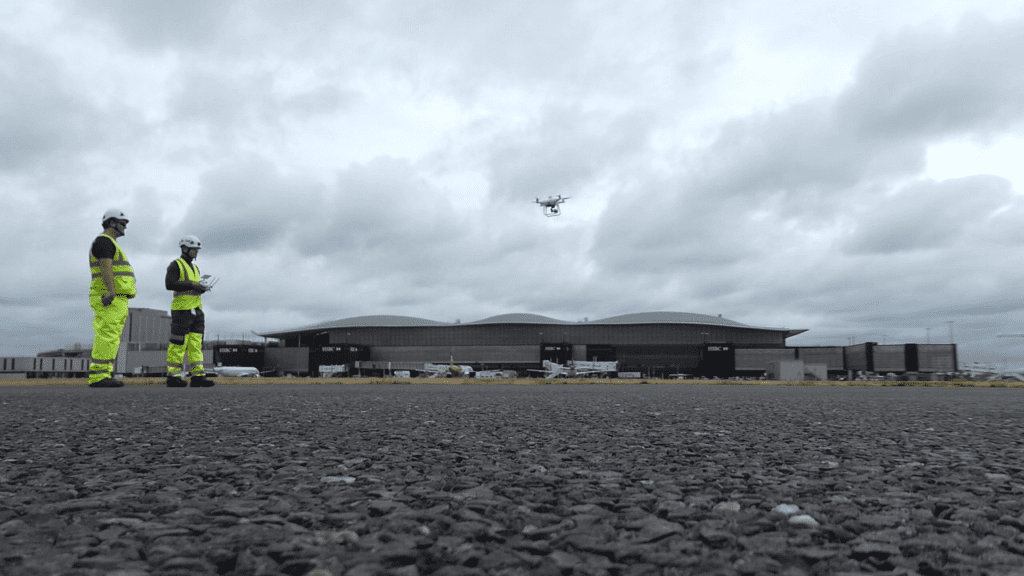
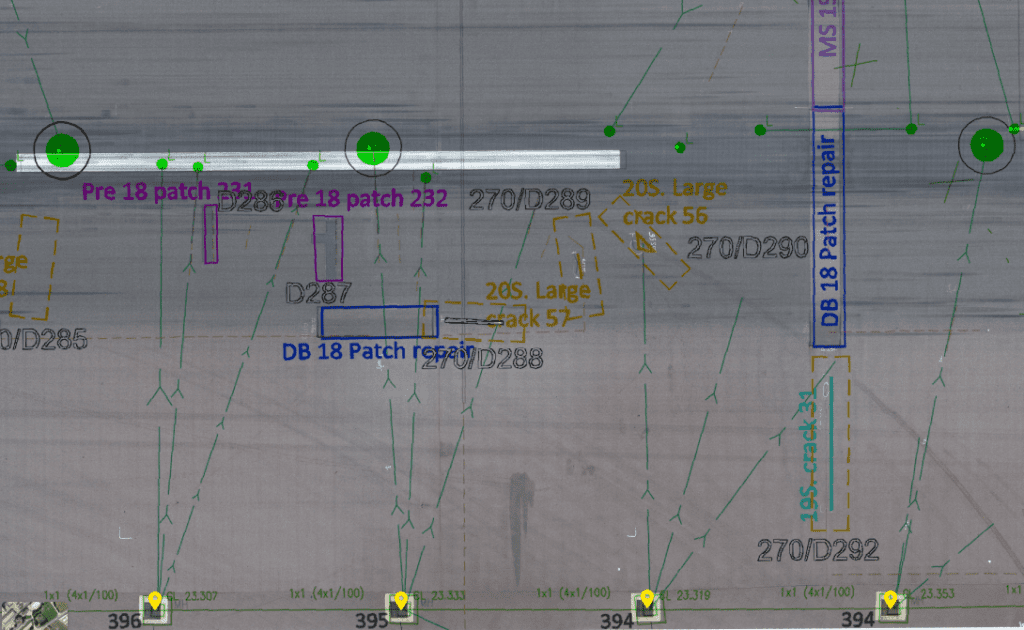
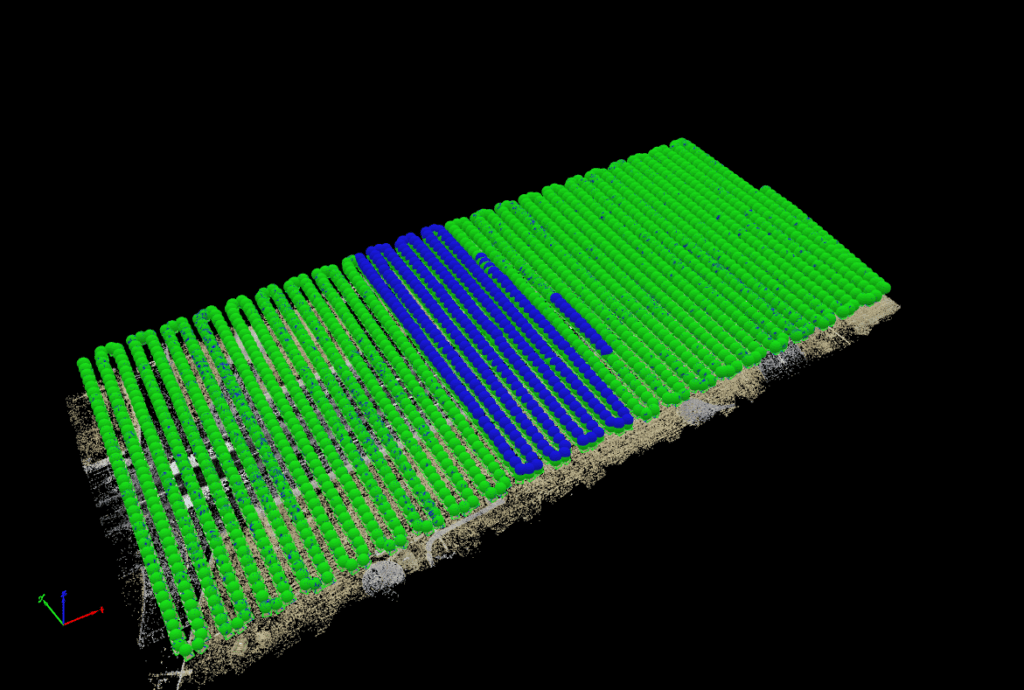
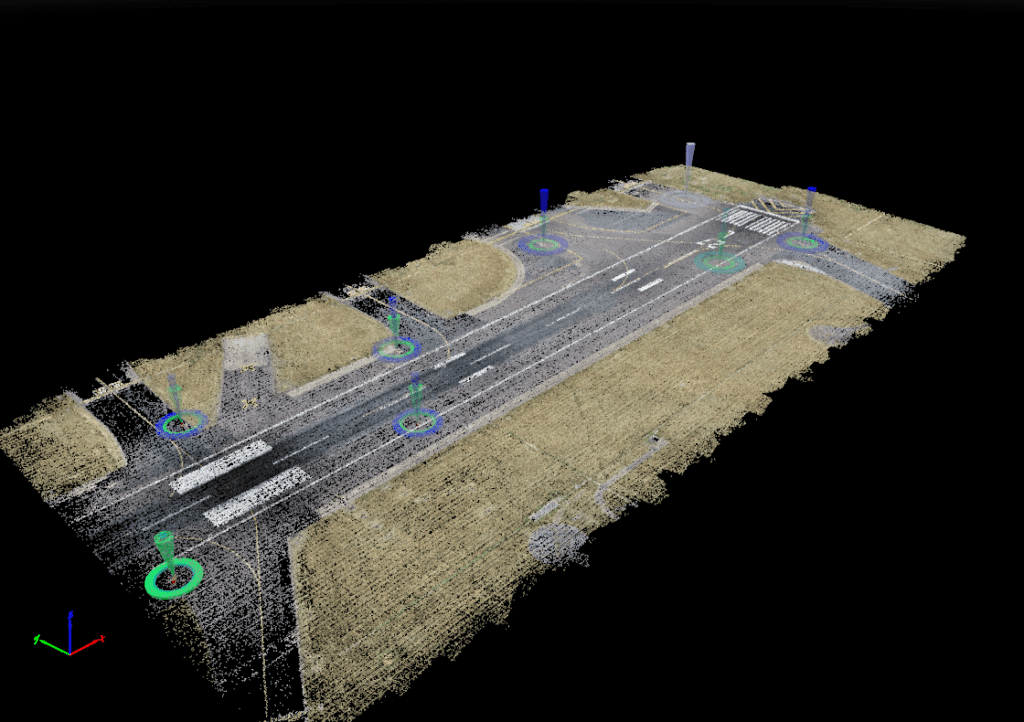
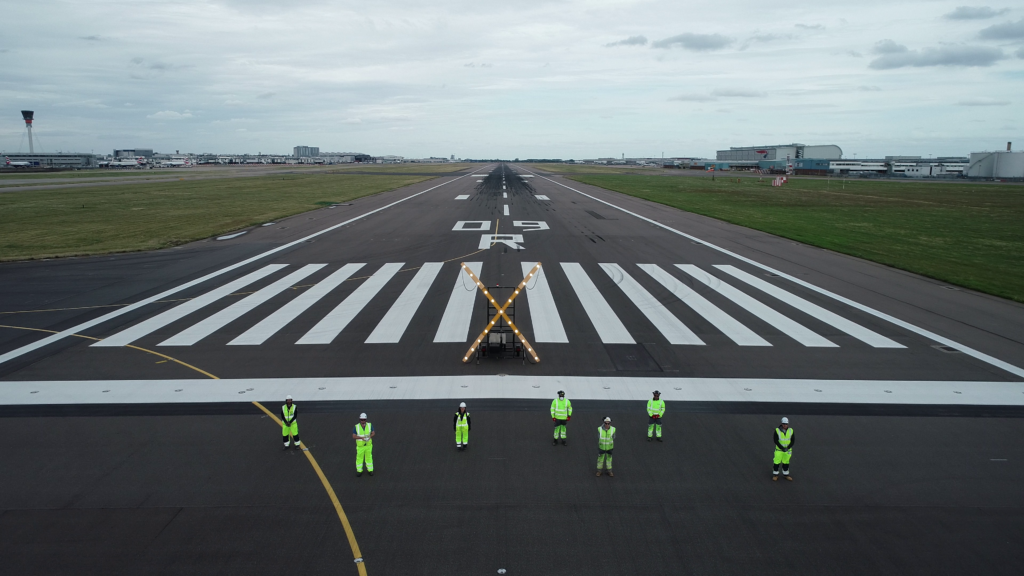
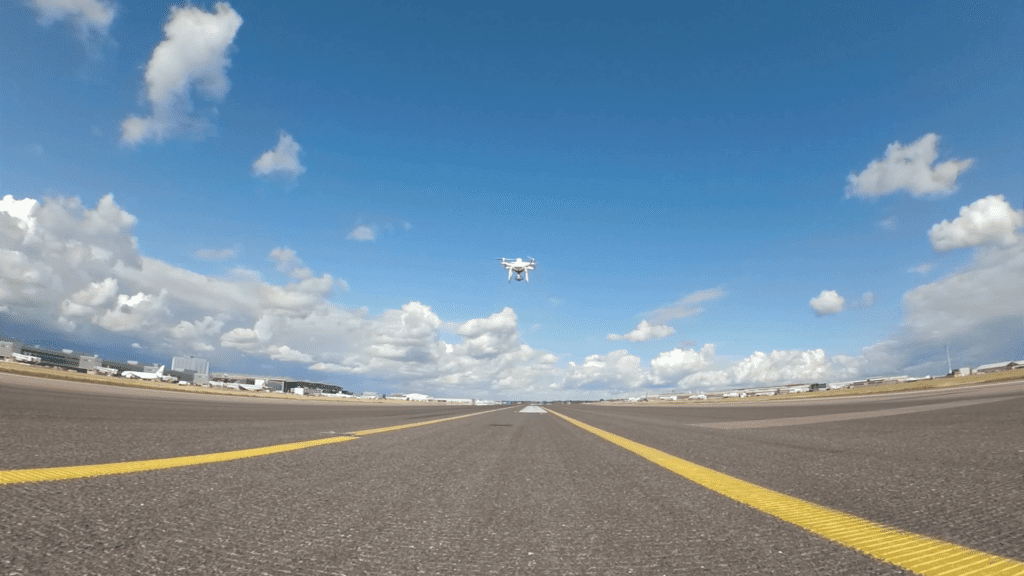
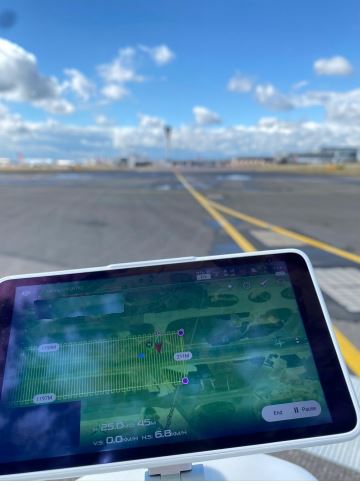



Featured articles
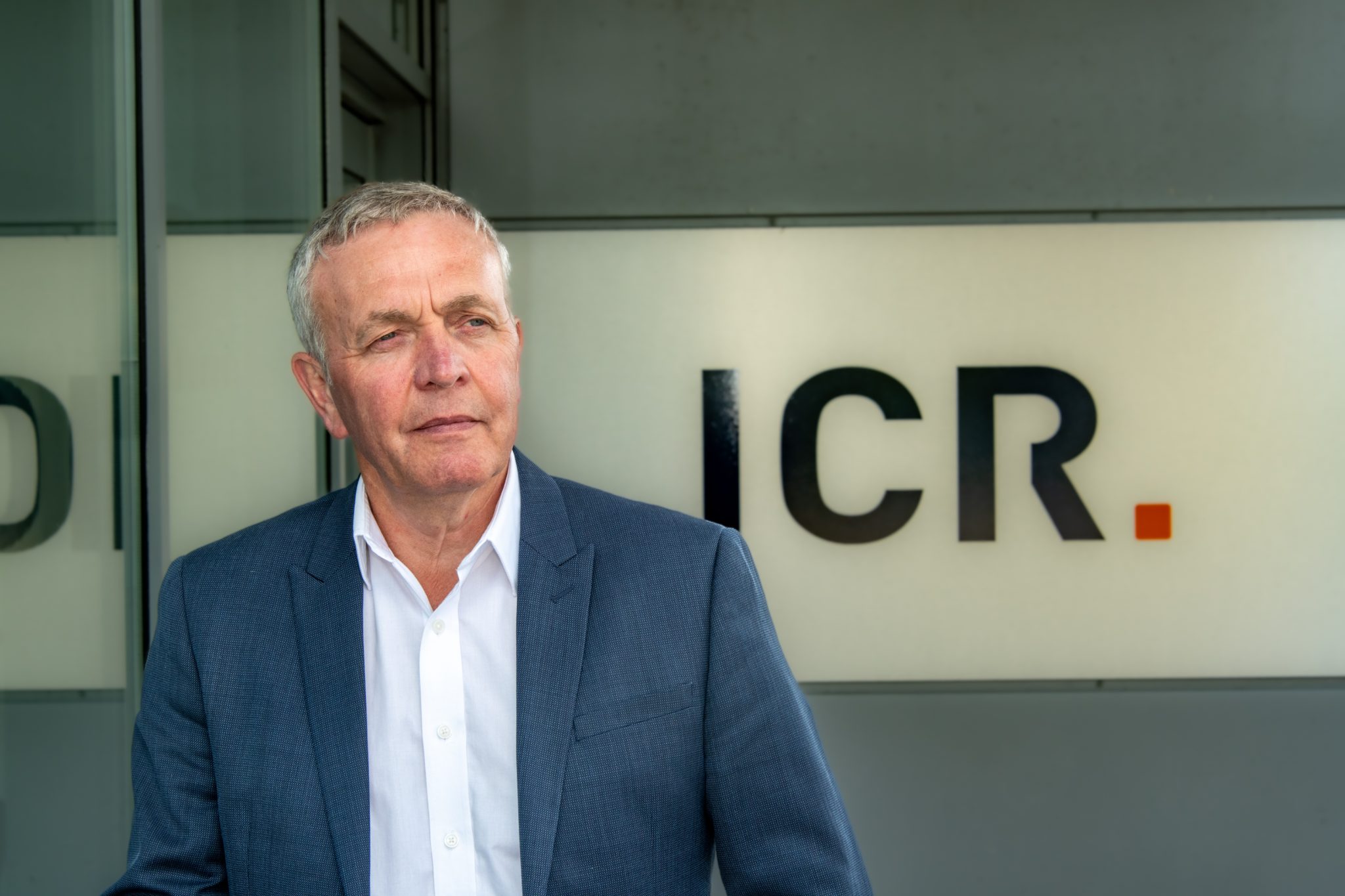
University of life stands Govan-raised engineer in good stead
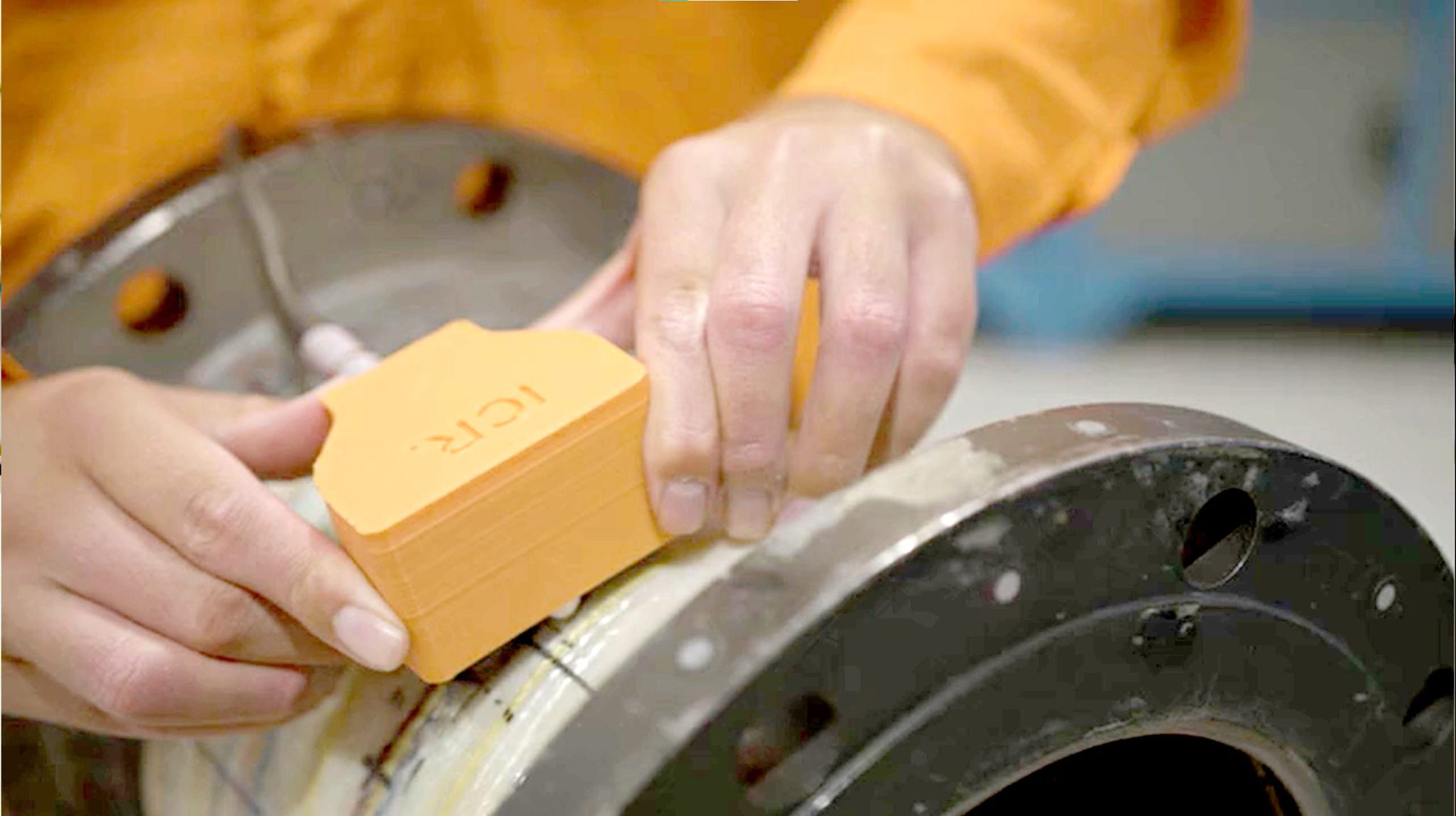
LR and UKAS boost for ICR Group’s INSONO innovation



